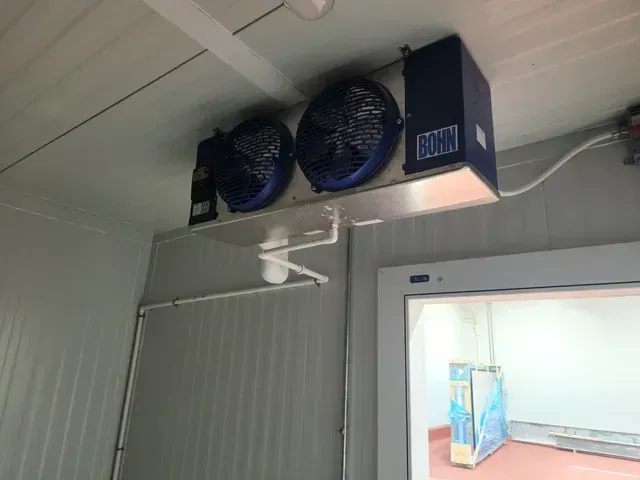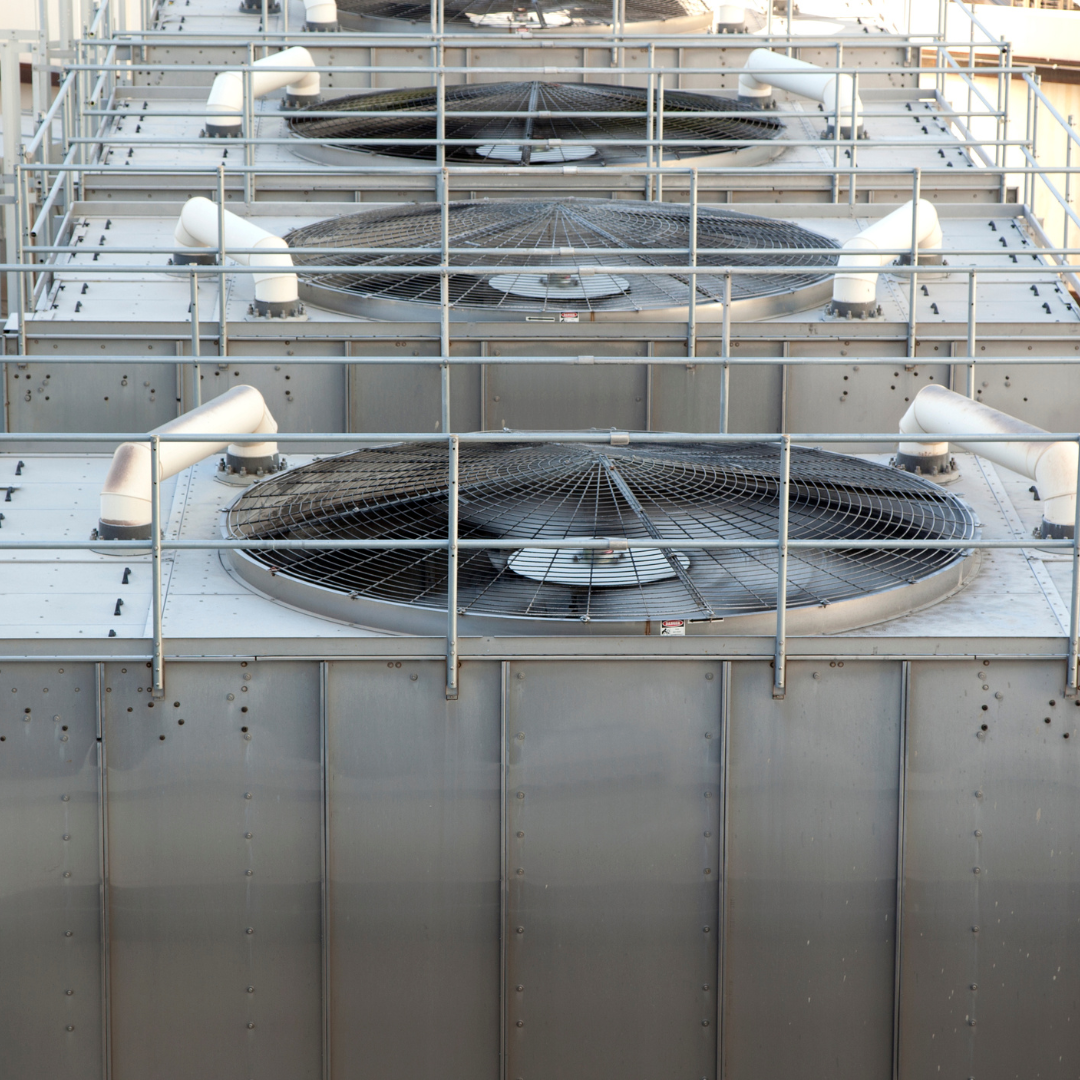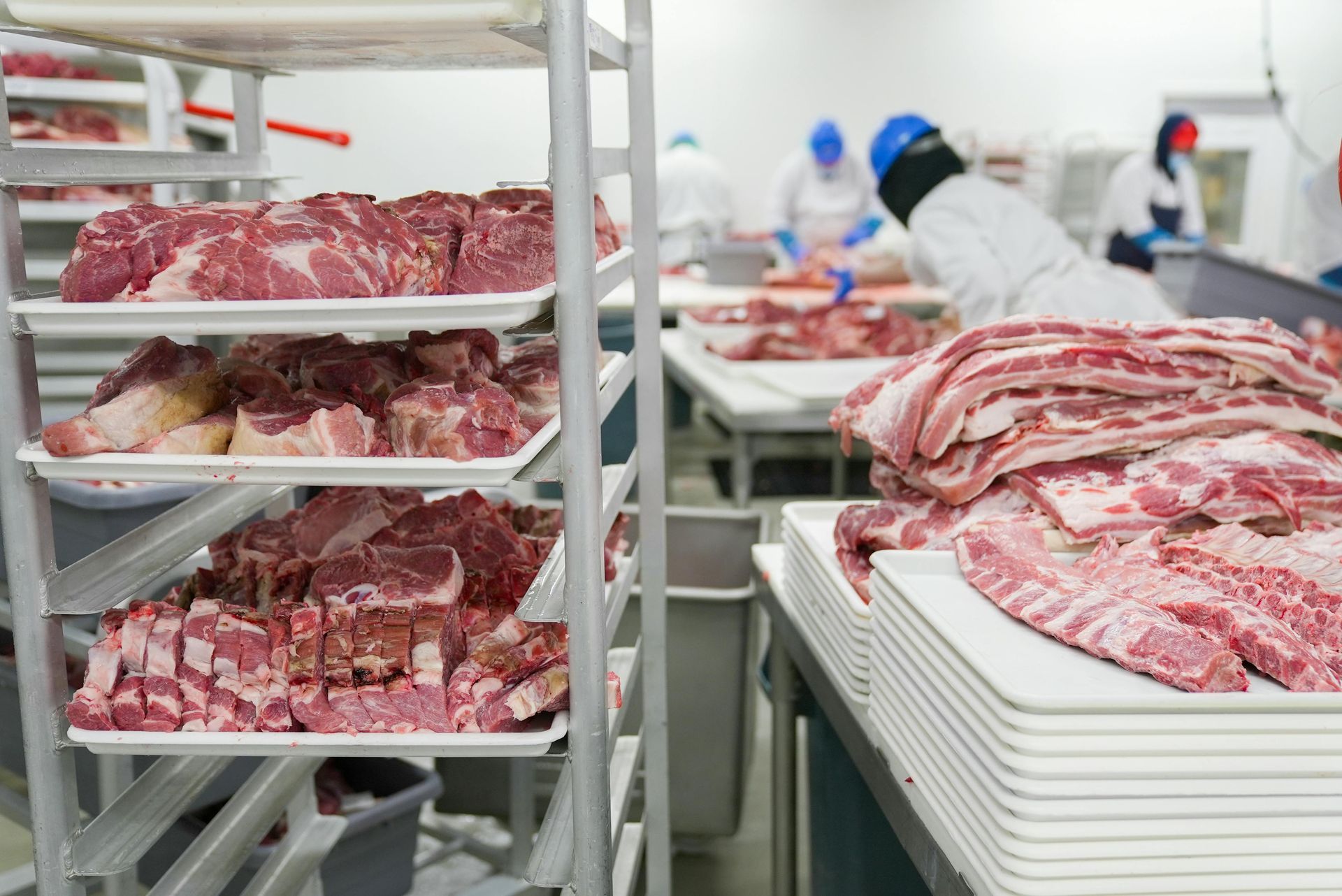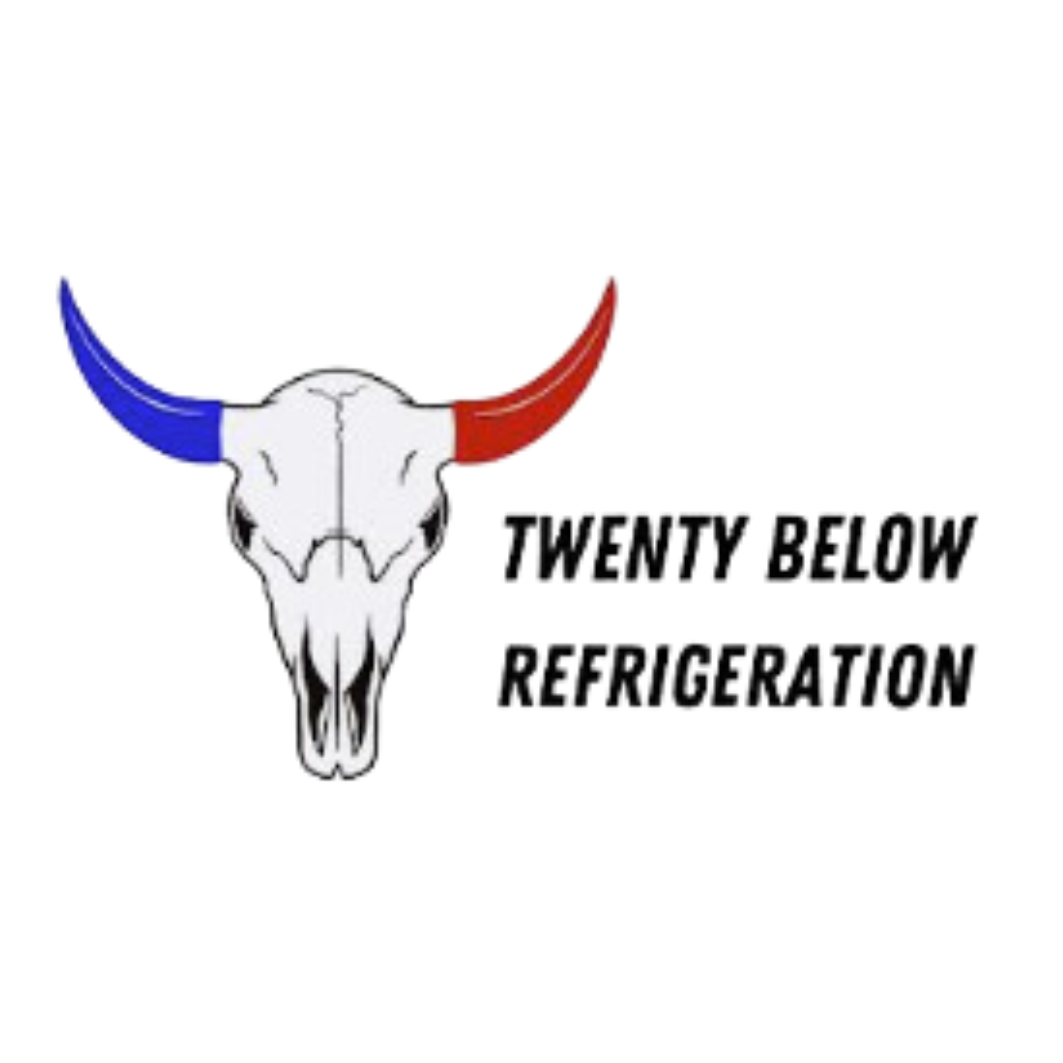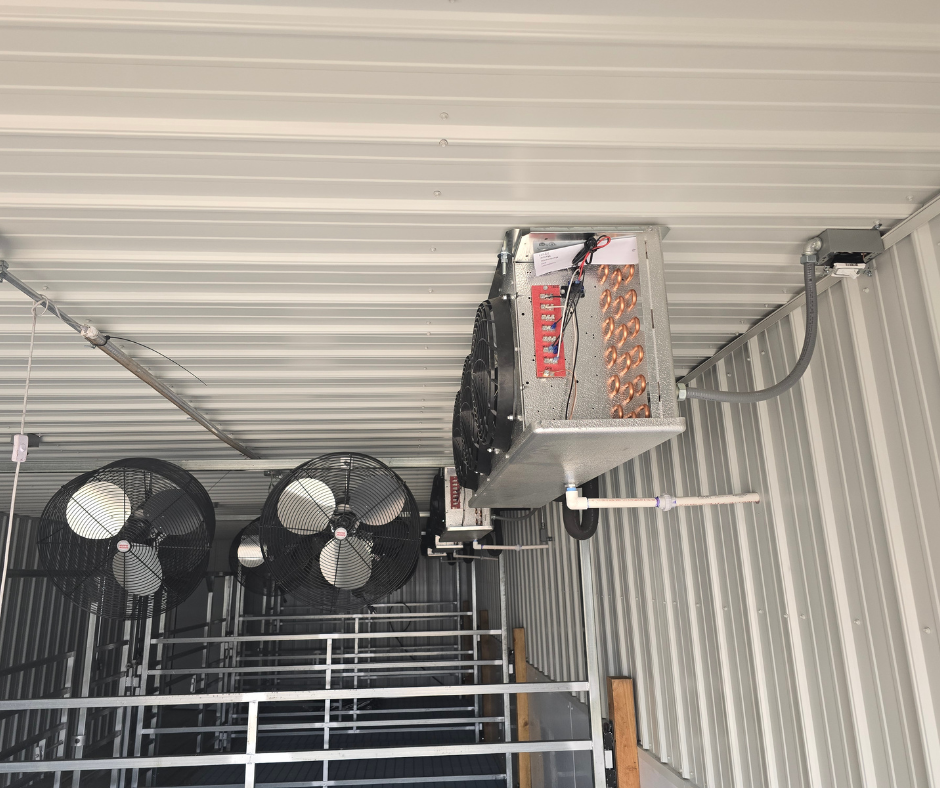Understanding SEER Ratings: A Key to Energy-Efficient Commercial HVAC Systems
In the world of commercial HVAC systems, efficiency isn’t just a buzzword—it’s a critical factor that impacts operational costs, environmental sustainability, and overall performance. One essential metric that helps measure this efficiency is the SEER rating, which stands for Seasonal Energy Efficiency Ratio. Understanding SEER ratings and their implications can empower businesses to make smarter, more sustainable choices for their cooling needs.
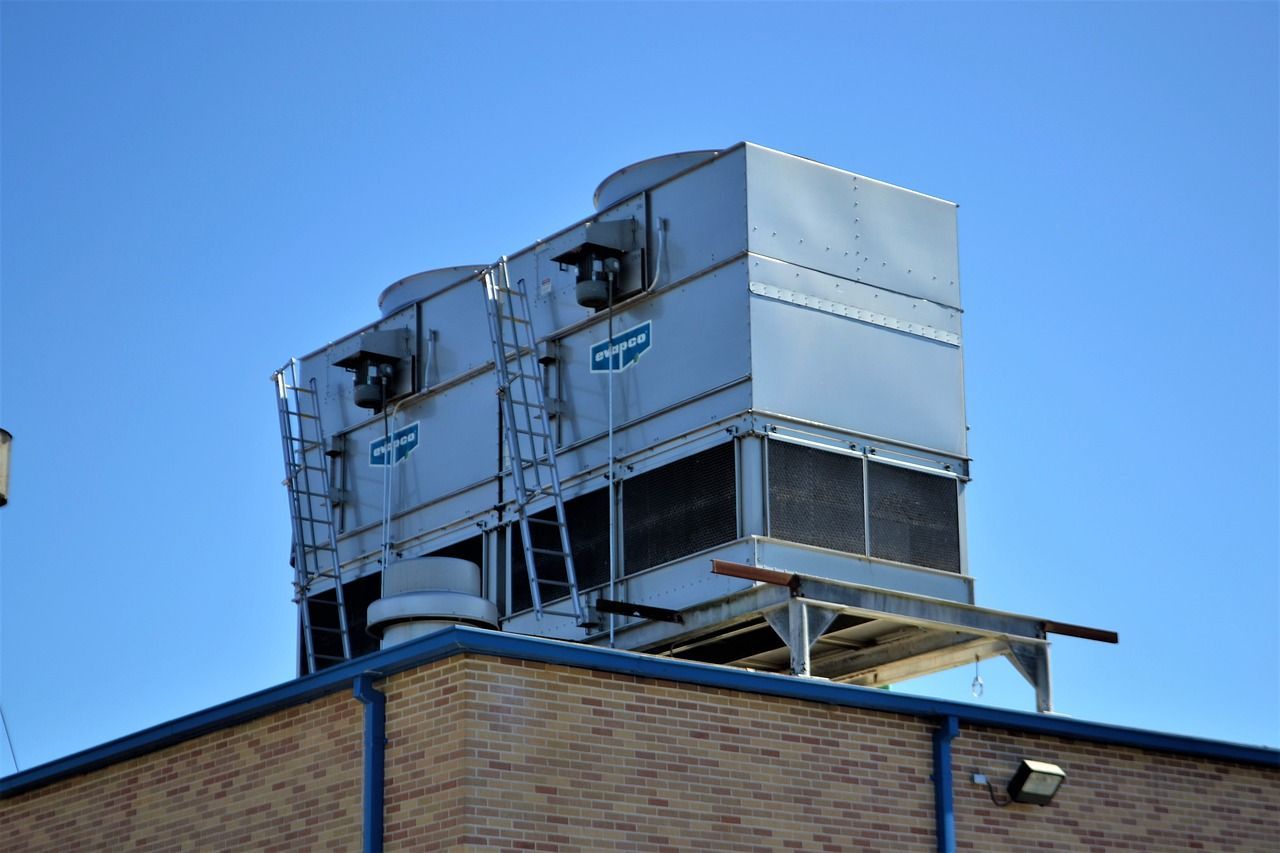
What is a SEER Rating?
At its core, a SEER rating measures how energy efficient an air conditioning system is during a typical cooling season. It is calculated by dividing the cooling output of an air conditioner (measured in BTUs or British Thermal Units) by the energy it consumes in watt-hours over the same period. The result is a numerical value that represents the system's efficiency.
Why Does a Higher SEER Rating Matter?
- Energy Efficiency: A higher SEER rating indicates that the system uses less energy to produce the same amount of cooling. For example, upgrading from a SEER 10 to a SEER 16 system can result in significant energy savings.
- Cost Savings: While a higher-SEER system may have a higher upfront cost, the long-term savings on electricity bills often outweigh the initial investment. Over time, businesses can significantly reduce their operational expenses by choosing a system with a higher SEER rating.
- Comfort and Reliability: High-SEER systems often come equipped with advanced technology, such as variable-speed compressors, which allow for better temperature control, quieter operation, and improved overall comfort.
The Impact of SEER Ratings on Commercial HVAC Systems
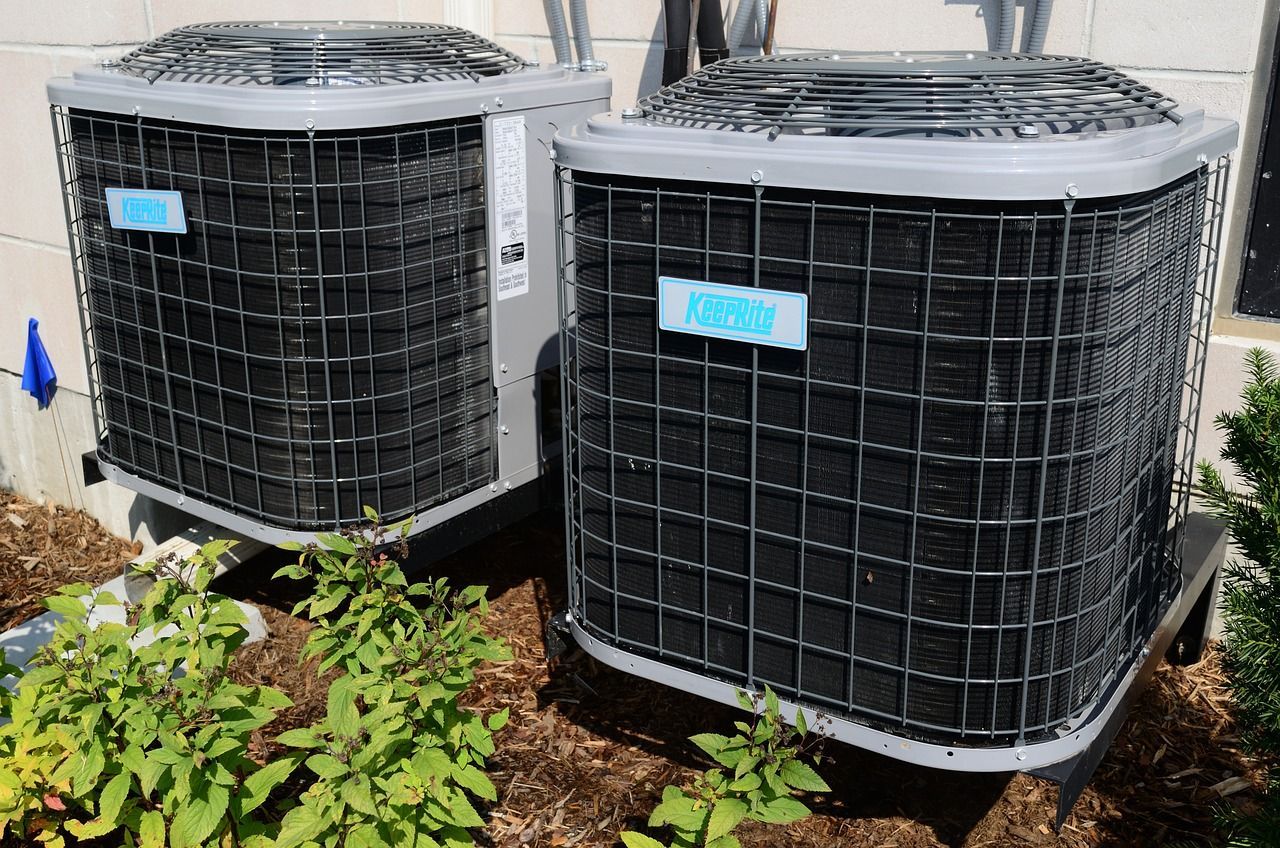
For commercial establishments, where cooling needs can be substantial, the choice of an HVAC system can directly influence the bottom line. Here’s how SEER ratings play a pivotal role:
- Cost Savings High-SEER systems are designed to maximize efficiency, which translates into lower energy consumption. For businesses, this means reduced utility bills and a more predictable energy budget. Over the lifespan of the system, these savings can add up to thousands of dollars.
- Environmental Impact Choosing a system with a higher SEER rating isn’t just good for your business; it’s good for the planet. By consuming less electricity, these systems help reduce greenhouse gas emissions, contributing to a smaller carbon footprint. For businesses prioritizing sustainability, high-SEER systems align with eco-friendly goals.
- Sustainability and Brand Image Today’s consumers and clients value businesses that demonstrate a commitment to sustainability. Opting for an energy-efficient HVAC system with a high SEER rating sends a powerful message about your company’s dedication to reducing its environmental impact. This can enhance your brand reputation and appeal to environmentally conscious stakeholders.
Key Considerations When Choosing a High-SEER System
- Initial Investment: While high-SEER systems typically cost more upfront, their long-term energy savings can justify the expense. Consider the total cost of ownership over the system’s lifespan.
- Climate: SEER ratings are particularly relevant in regions with long, hot summers where cooling needs are extensive. Evaluate your location’s climate to determine the potential benefits of a higher-SEER system.
- Size and Load Requirements: Ensure the system’s capacity matches your building’s cooling load. A properly sized system will operate more efficiently and last longer.
Conclusion
SEER ratings are more than just numbers; they are a window into the energy efficiency, cost savings, and environmental impact of your commercial HVAC system. By understanding and prioritizing higher SEER ratings, businesses can enjoy substantial financial benefits, reduce their ecological footprint, and demonstrate a commitment to sustainability. Investing in a high-SEER HVAC system isn’t just a smart choice—it’s a responsible one that aligns with the demands of the modern world.
